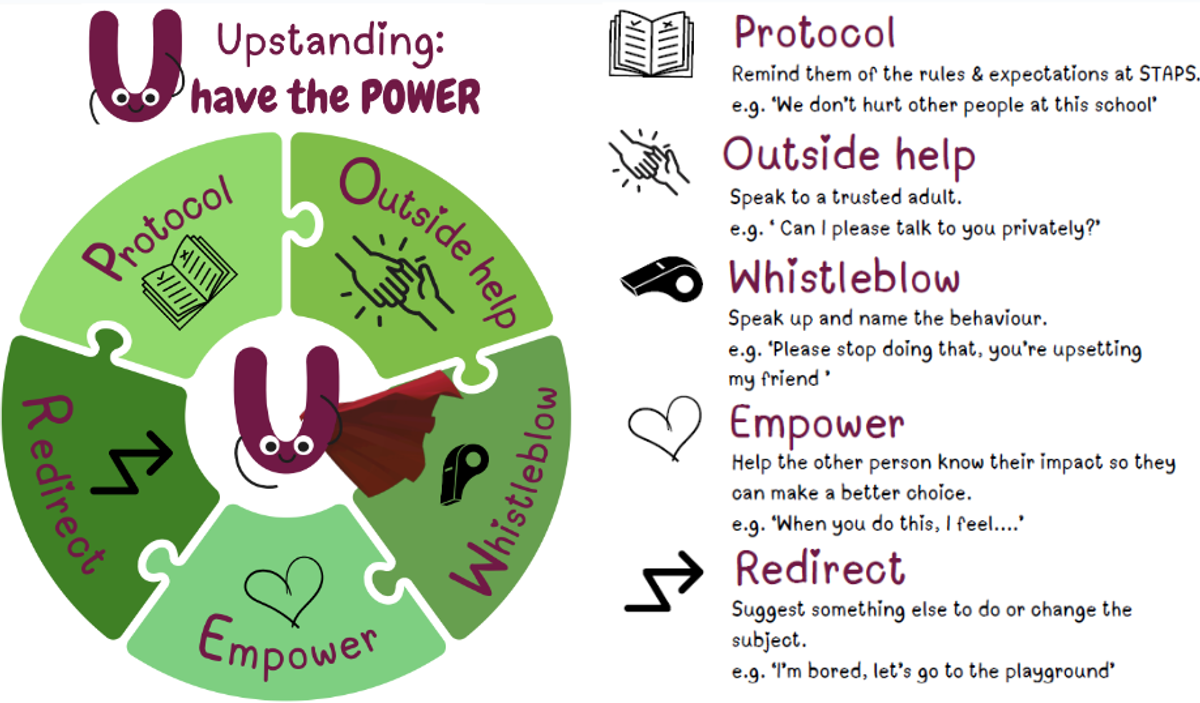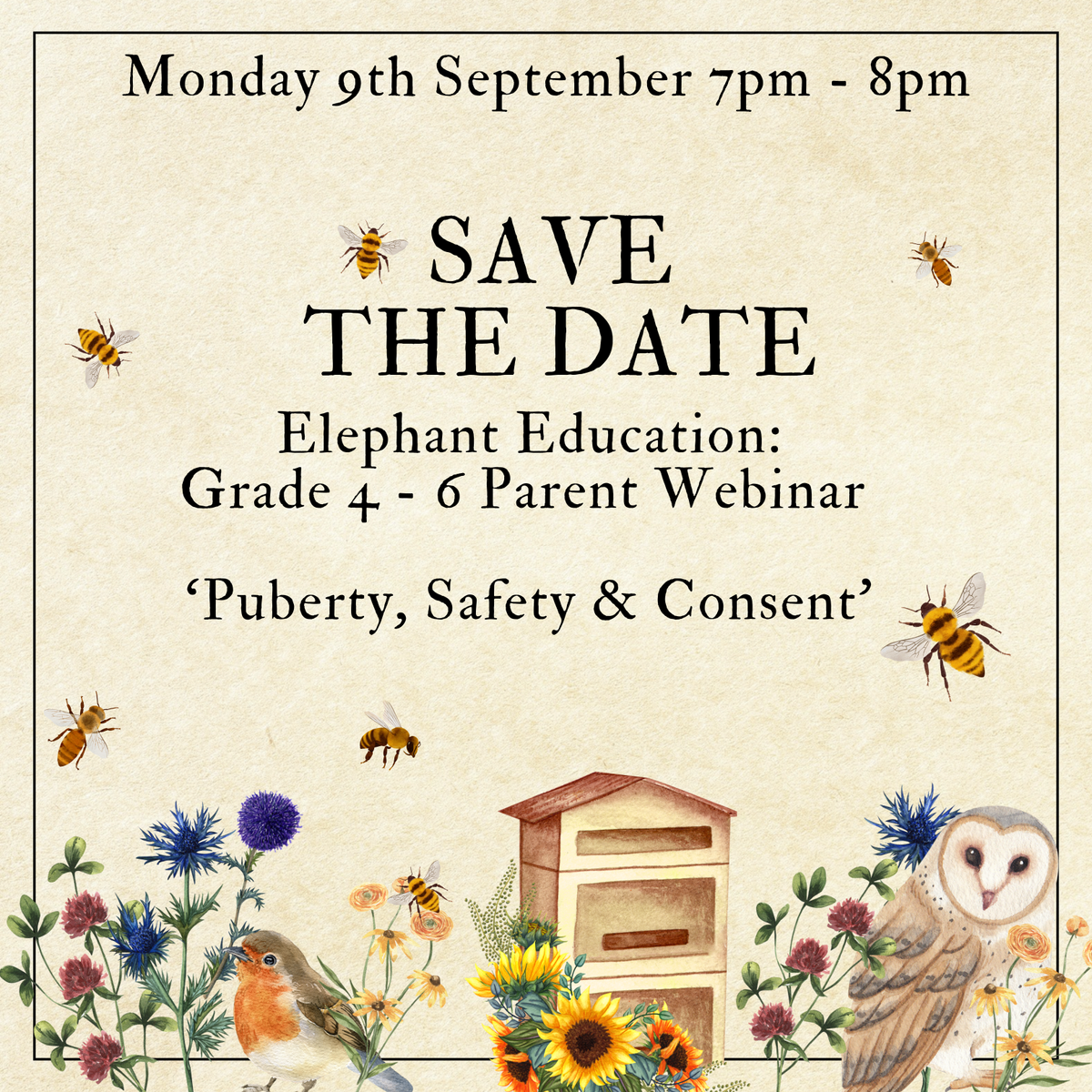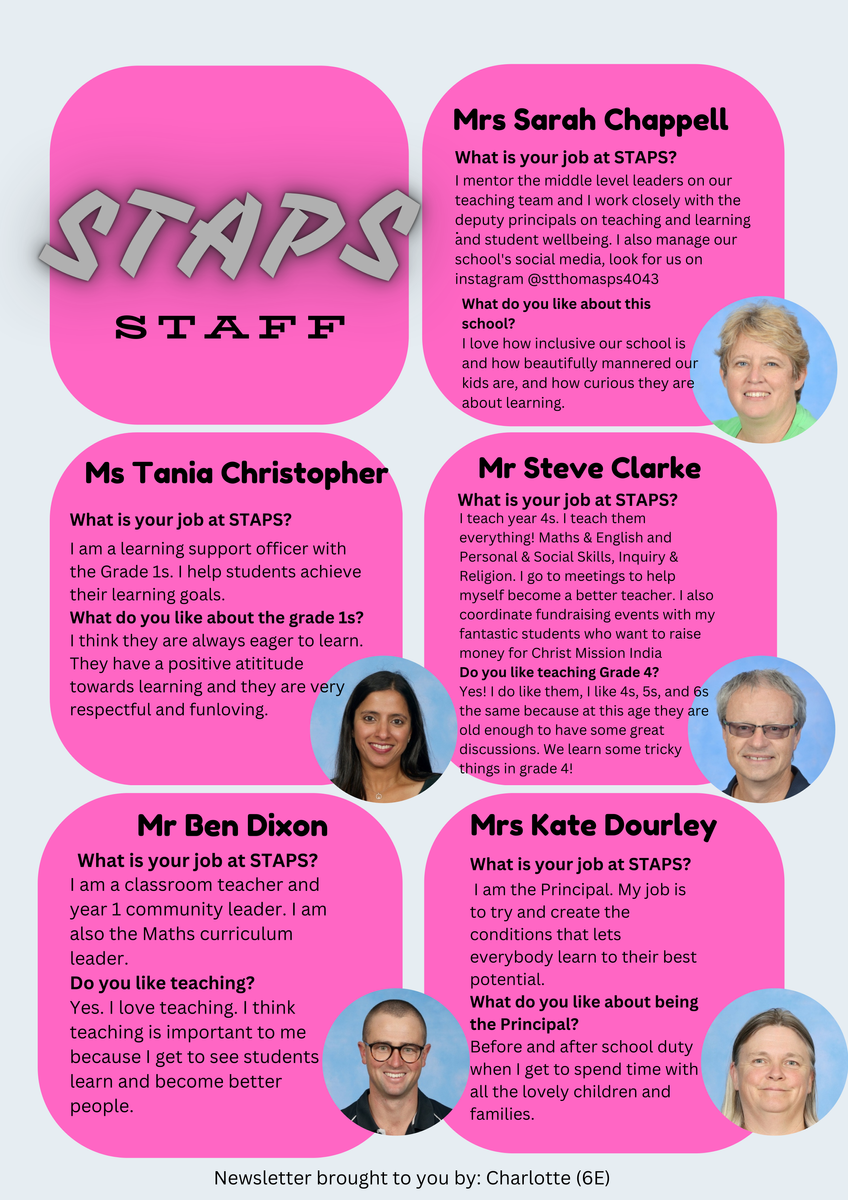Child Safe &
Wellbeing

Child Safe &
Wellbeing
Next week is National Association for Prevention of Child abuse and Neglect.
At school the children will begin the conversation in this area, by engaging in activities to unpack our student friendly child safe and wellbeing policy.
The NAPCAN website includes excellent information, workshops and practical strategies for families designed to keep all children safe. Click through to find out more.


At St Thomas the Apostle our strategy to prevent bullying is helping our students understand that each one of them are central to building the right culture in their school. We want our students to understand that they have the POWER to be upstanders for themselves and for others. Being an upstander isn’t always about challenging a person in the moment, sometimes it is quietly getting help from an adult, changing the subject, or letting someone know how they feel. We want our students to be skilled with these strategies so they can navigate social challenges at school and in their future lives.
In our newsletter two weeks ago we shared the Protocol strategy. This is an opportunity for students to remind each other about school rules or teacher instructions when faced with unexpected behaviour from their peers.


O in POWER stands for: Outside Help. Students have been instructed;‘If you feel unsafe in the moment, say, “I don’t feel safe,” to anyone who can hear you. If something has just happened to you or has been happening for a while, tell a trusted adult like a teacher, ESO, or a parent or carer at home. If someone tells you they need help or you think someone might be feeling bullied, tell a teacher.’
The W in POWER stands for: Whistleblow


A whistleblower is someone who speaks up when it can be hard or uncomfortable to name what is happening. They’re called a whistleblower because they are like a referee blowing their whistle when the rules of the game are broken.
Students have been instructed; ‘If you notice something happening that you know is wrong, or you can see it is upsetting someone, call it out and name the behaviour in the moment. e.g. “Ron, you always leave Janet out at play time. It’s not fair that she is left out and has no one to play with.”It is important that you only call out behaviour if it is reasonable for you to do so. As an example, we wouldn’t expect Junior students to call out behaviour they see from Senior students because there is a big age difference.’
Next week we will share some information about the Empower & Redirect strategies.





